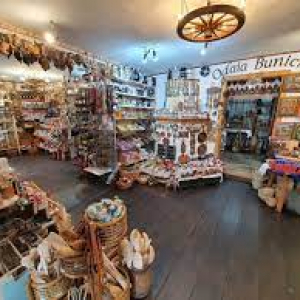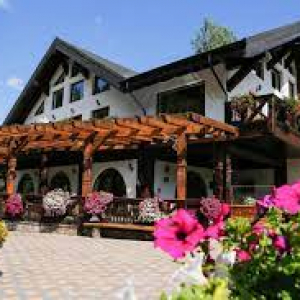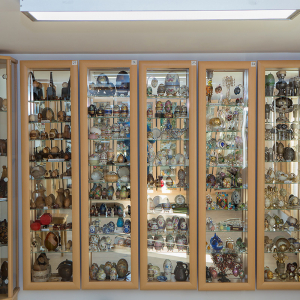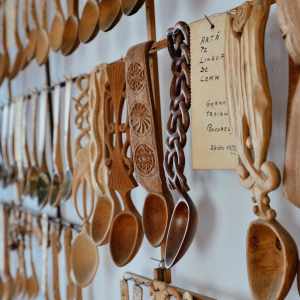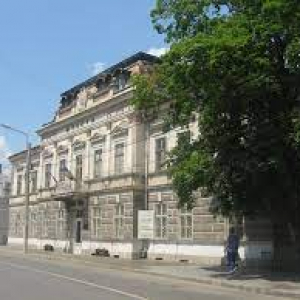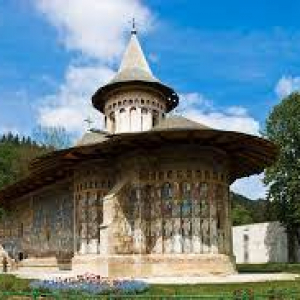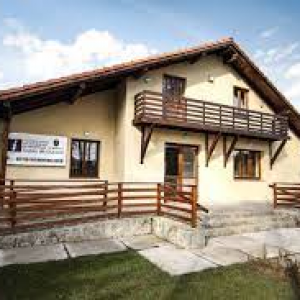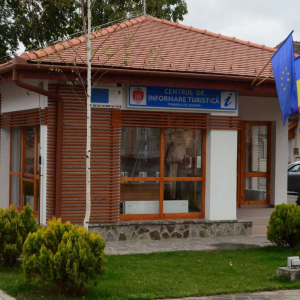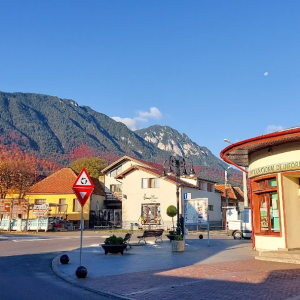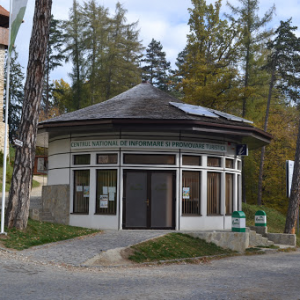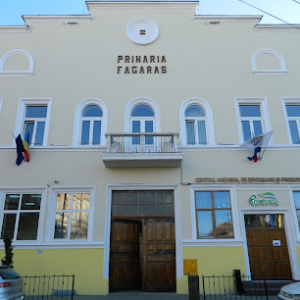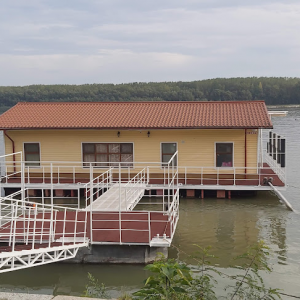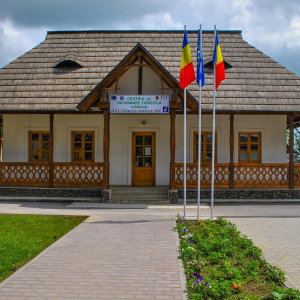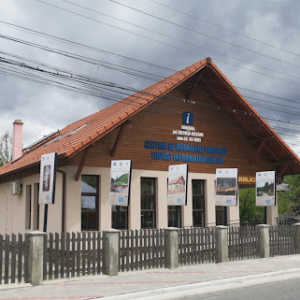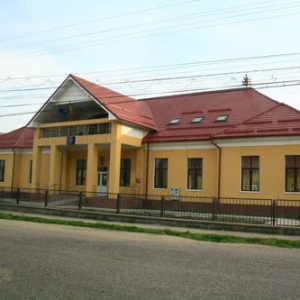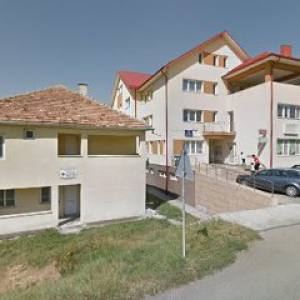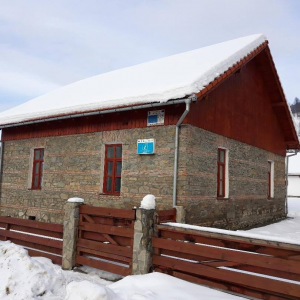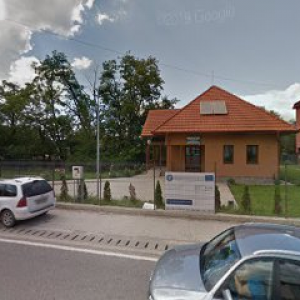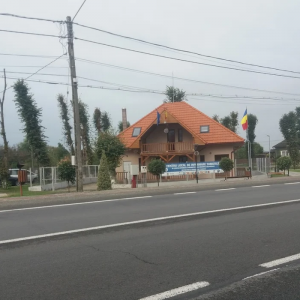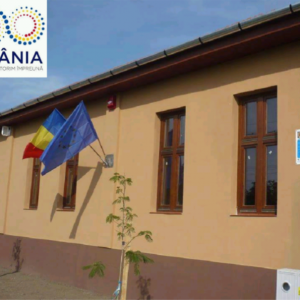Calls between 10.00 AM - 17.00 (5.00 PM) Monday - Friday (except public holidays)
Bucharest
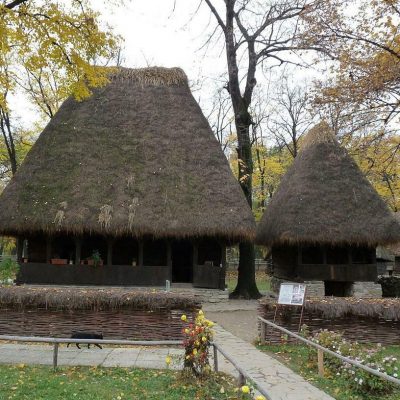
The Village Museum (Muzeul Satului in Romanian) is an open-air ethnographic museum located in the Herăstrău Park (Bucharest, Romania), showcasing traditional Romanian village life. The museum extends to over 100,000 m2, and contains 272 authentic peasant farms and houses from all over Romania.
It was created in 1936 by Dimitrie Gusti, Victor Ion Popa, and Henri H. Stahl.
There are other “village museums” throughout Romania, including ASTRA National Museum Complex in Sibiu, and those of Cluj-Napoca, Râmnicu-Vâlcea, Timișoara, a.s.o.
The National Museum “George Enescu” was opened in the Cantacuzino Palace, one of the most beautiful buildings in Bucharest, a historical monument and one of the European Heritage Label buildings.The sumptuous entrance, in Art Nouveau style, announces the luxury and the refinement of the époque, reunited in one of the most imposing palaces in Bucharest.
The permanent exhibition of the museum includes three rooms of the palace, displaying photographs, manuscripts, various documents, diplomas, medals, drawings, sculptures, musical instruments, costumes, furniture, decorative art, personal objects, a casting of the artist’s hands and his mortuary mask.
The originary atmosphere has been recreated in the intimacy of the austere memorial house, which is also opened for visitors.
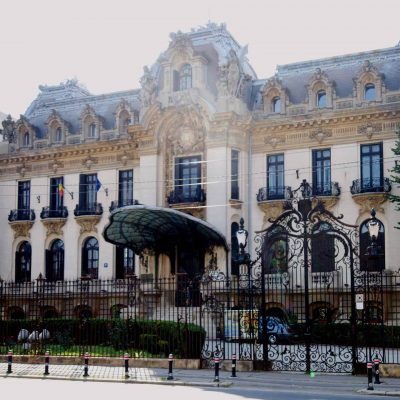

A new concept in Romania, Tiriac Collection represents the exhibition of cars and motorcycles of Mr. Ion Tiriac. Reopened to the public in May 2015, the collection includes over 150 historical vehicles manufactured since 1899, but also performant cars, with a current design. Visitors will find the only collection in the world with the 6 Rolls Royce Phantom produced until 1972, as well as exhibits that previously belonged to great names such as Sir Elton John, Sammy Davis Jr. or Bernie Ecclestone.

